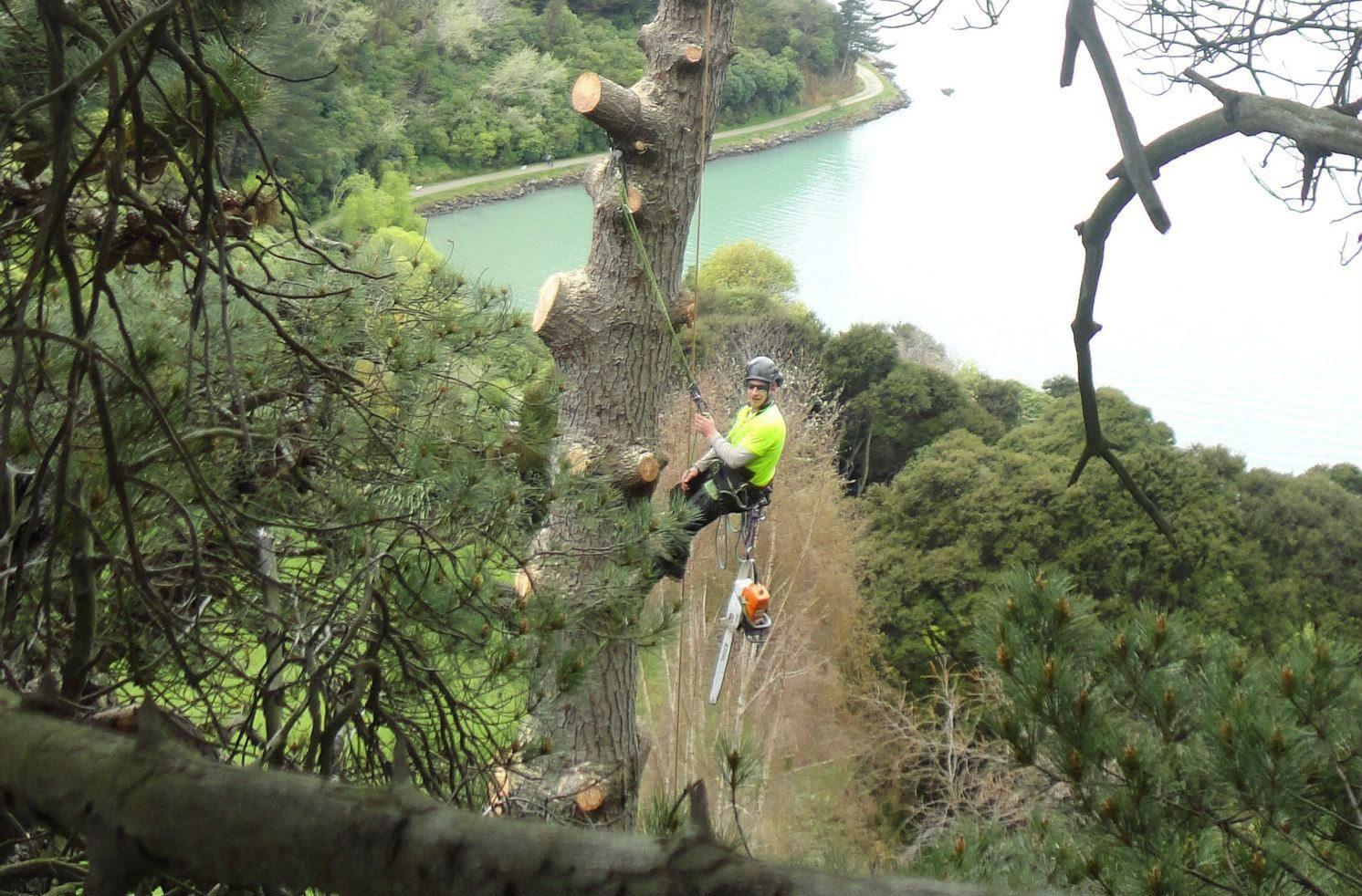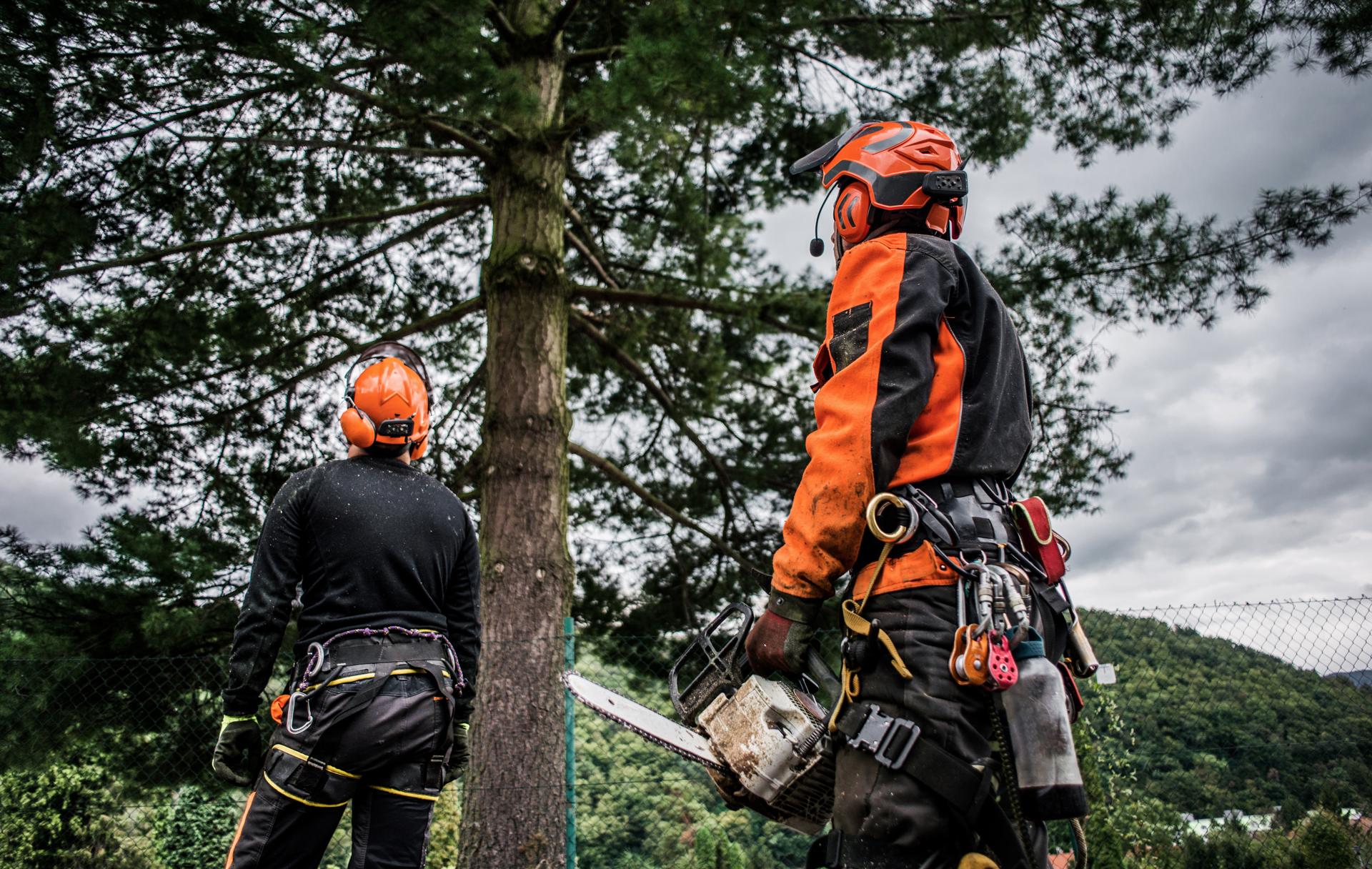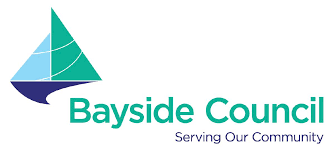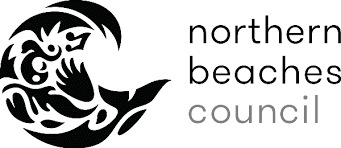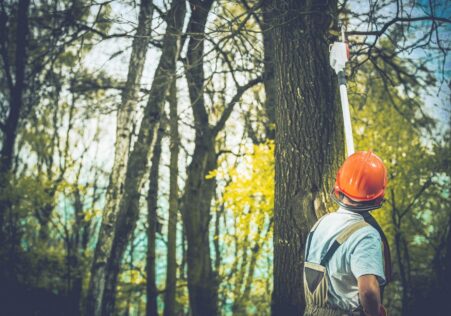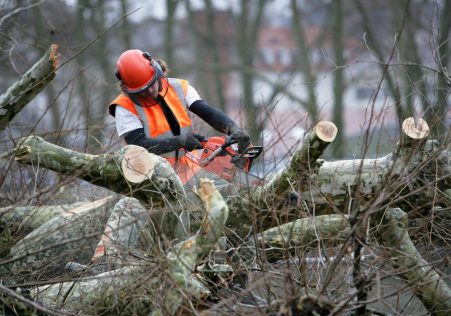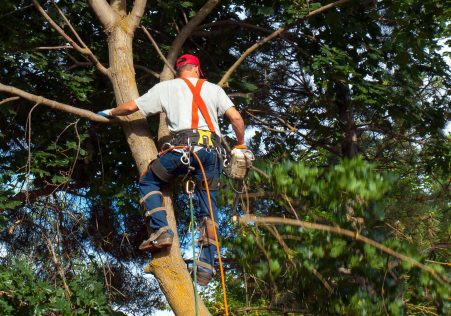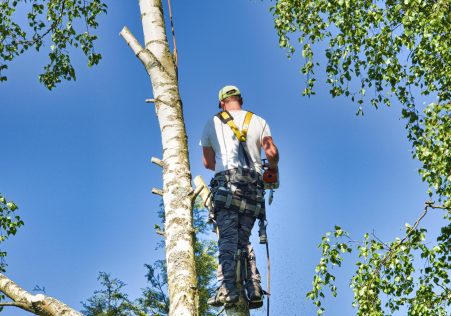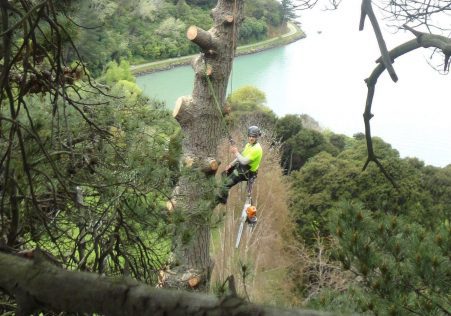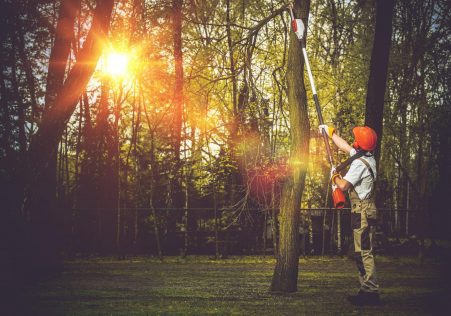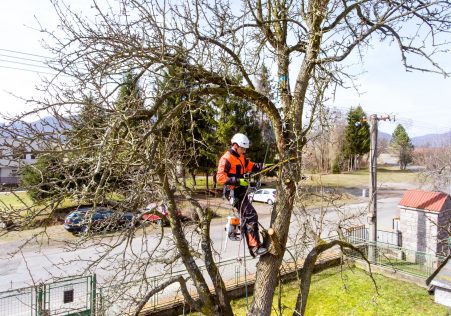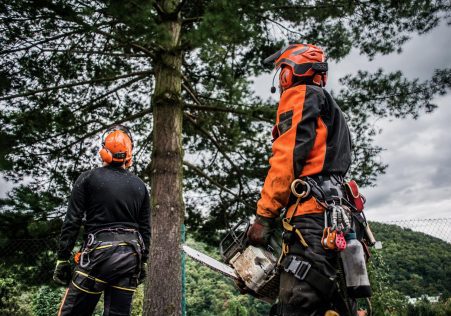The Top Indicators That a Tree Requires to be Removed
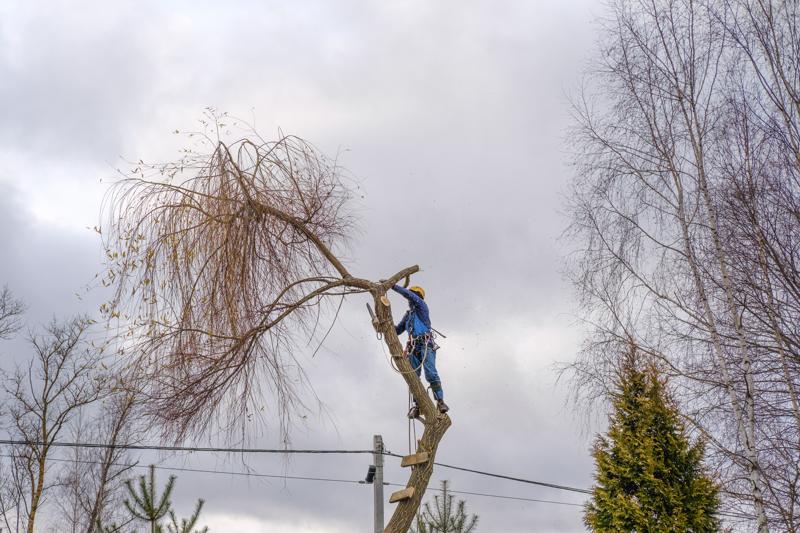
Tree removal can be a complicated and possibly dangerous job. If a tree is dead, diseased, or at risk of falling, it might have to be removed in order in order to protect the property and to make sure that the tree is safe. How do you know whether a tree should be cut down? This article will guide you through the signs to be looking for and help you determine when it’s time to call the professionals.
Dead or dying trees
One of the most obvious signs that a tree must be taken down is if it is dead or dying. Dead trees lack leaves and may have a lifeless appearance. If a tree has no leaves or any signs of growth, it’s likely dead. Additionally, the bark of dead trees might be dry, cracked, or peeling.
Diseased Trees
Trees with diseases may pose a threat to other trees and plants in the area. Common signs of disease for trees include the appearance of yellowing leaves, wilted branches, and the growth of mushrooms at the bottom and the top. If you suspect your tree may be diseased it is important to have it examined by a certified arborist.
Leaning Trees
Trees that are leaning towards one side could be an indication of a failing root structure and the tree may be in danger of falling. To find out if a tree that is leaning could be a threat, check for cracks or breaks in the trunk and look into the soil surrounding the tree’s base. If you see any of these signs you should examine the tree by an arborist.
Overhanging Branches
Trees with overhanging branches that are in close proximity to power lines or structures could pose a threat to the safety of your property and personal safety. If you’re concerned about branches hanging overhanging It is recommended to have the tree evaluated by an arborist who will determine if pruning or removal is required.
FAQs
How do I know whether a tree is dead?
The tree will be considered dead if it lacks leaves and has no evidence of growth. The bark of a dead tree can be dry, cracked, or peeling.
What are the warning signs of a diseased tree?
Common signs of disease on trees include the appearance of yellowing leaves, wilted branches, and the growth of mushrooms at the at the base of the tree.
Can you safely remove the tree by yourself?
Tree removal is a difficult and potentially dangerous task. It’s best to leave it to professionals to ensure the safety of you and others.
Conclusion
When it comes to tree removal, it’s important to be aware of the indicators that indicate that a tree needs to be removed. When you’re aware of indicators of dying or dead trees, diseased trees overhanging or leaning branches You can take action to protect your property and the people surrounding you. If you suspect that there is a tree in your yard that requires removal do not hesitate to contact Hawkesbury Tree Trimming for a professional review. Our arborists are highly skilled and have the expertise and tools to handle all the tree removal requirements. Do not risk your safety. If you suspect that a tree on your property must be removed, contact Hawkesbury Tree Trimming today for a professional assessment. Our expert arborists will give you peace of mind which comes from knowing that your property is in safe with us. Call us today to 0480 024 203 to schedule an appointment.

